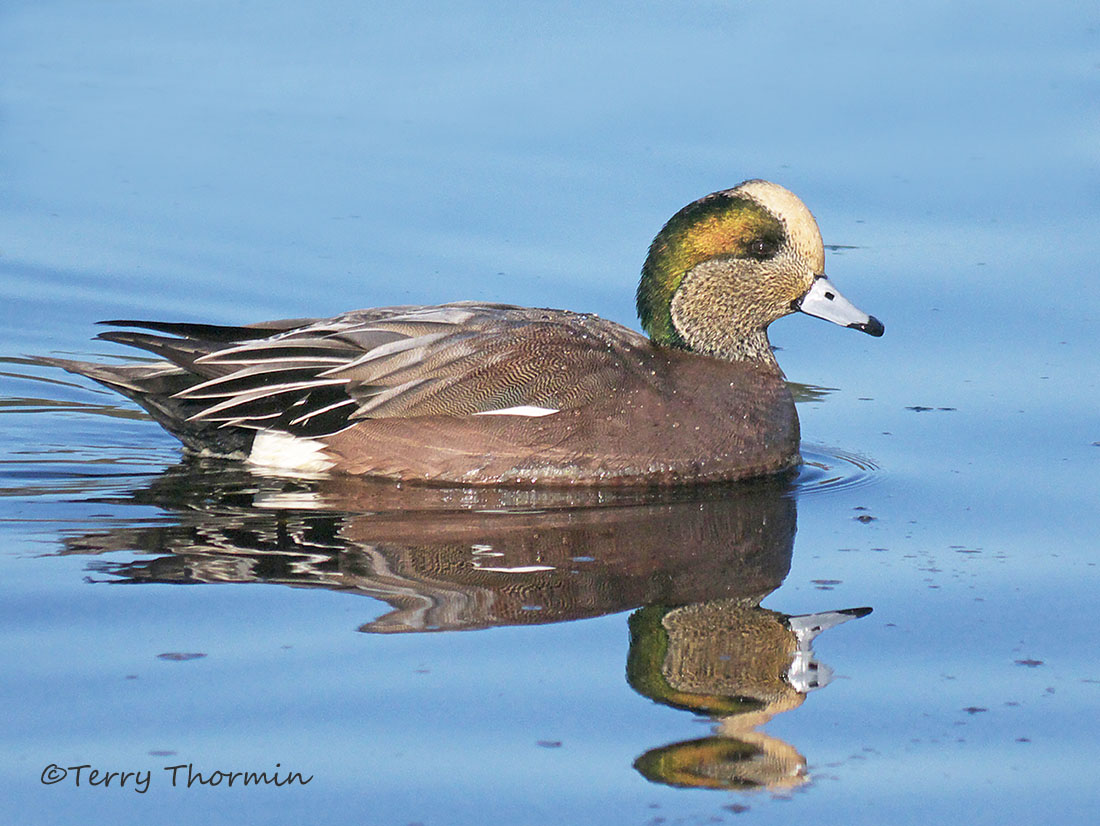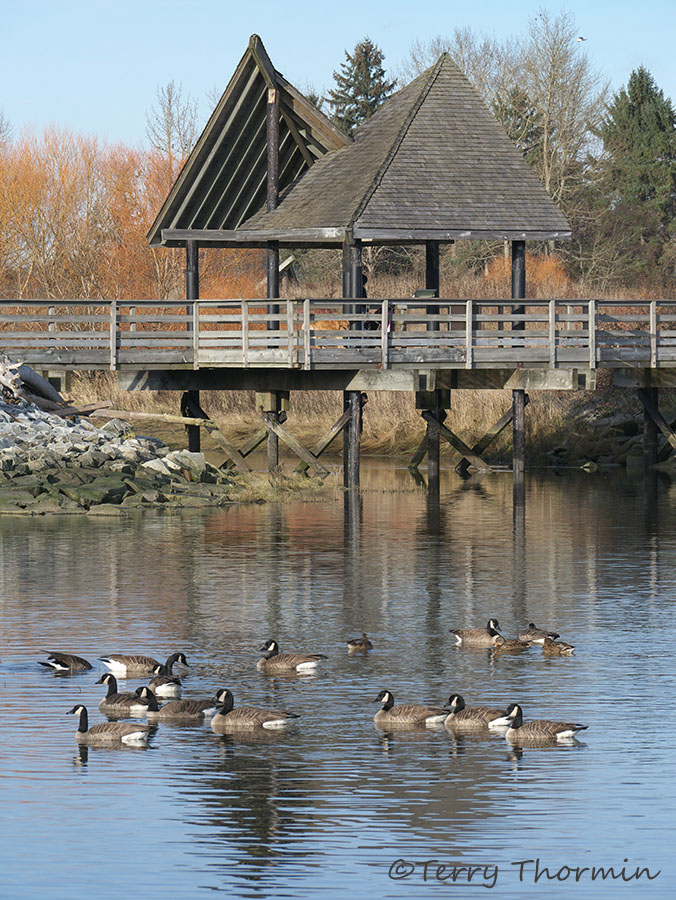K'ómoks (IBA) Important Bird Area
The Comox Valley is recognized internationally for its Important Bird Areas (IBA), particularly for wintering waterbirds.
The K'ómoks (IBA) is an extensive network of marine waters, estuaries, backshore areas and associated lowland valley bottoms. The estuary ecosystem extends from K'ómoks Estuary through Baynes Sound to Deep Bay and Mapleguard Point, approximately 30 km to the southeast.
This IBA is designated for four species at the global level: Trumpeter Swan, Harlequin Duck, Thayer’s Gull, Glaucous-winged Gull; one species at the continental level: Mew Gull; and two species at the national level: Great Blue Heron and Peregrine Falcon.
- Look for these icons on the map :
-

Clicking on these icons will take you to detailed bird count charts and links to full reports from The Comox Valley Naturalists Society -

Clicking on these icons will display videos about some of the important birds in our estuary























































































